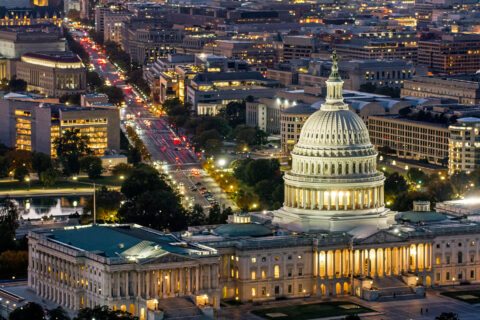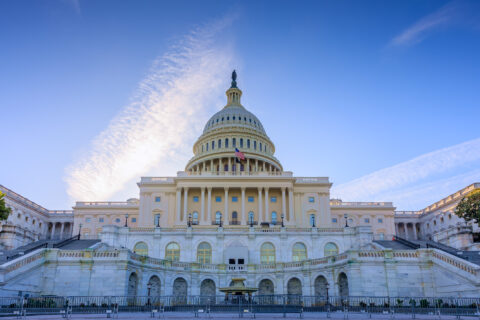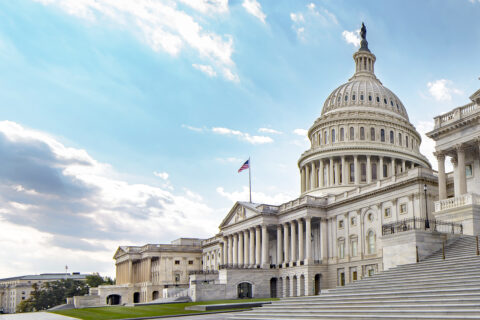Co-authored by Adam Herpolsheimer, Law and Policy Analyst, Center for Public Health Law Research at Temple University
Preemption, when a higher level of government supersedes a lower level of government, can seem like an intangible and complex issue. Generally, preemption can go unnoticed or appear as a regular state-enacted policy. However, state preemption of local governments has direct impacts on the ability of municipalities to govern, balance budgets and provide services to their residents. As the form of government closest to the people, municipal leaders are best positioned to hear from their residents and implement policies that support their needs, but they must do so within the bounds of federal and state law.
Through state and local partnerships, municipal leaders can effectively govern, meet community needs and improve wellbeing. However, throughout the state legislative session, interest groups and ideological organizations often lobby state legislators to pass preemptive laws that are unpopular and inconsistent with the will of the people. To better understand changes in preemption and its impact on local policies, the Center for Public Health Law Research (CPHLR) at the Temple University Beasley School of Law, in partnership with the National League of Cities, have tracked and analyzed enacted state laws across 10+ topic areas from 2019 to 2024. The topic areas tracked address issues ranging from taxes, employment and regulation in the workforce, individual rights in education and telecommunication infrastructure, and touch on one or more of the following buckets that impact:
- Local government function
- Social determinants of health of residents
- Community involvement in governance
Five Years of Tracking Preemptions
Over the last five years, a majority of states have seen an increase in the number of topics preempted, as reflected in the dataset. Several states saw no changes to the number of topics they preempted and only two states reduced the number of topic areas they preempted.
Most States Increased Preemption in Five Years
Changes in Preemption, By State Between 2019 to 2025
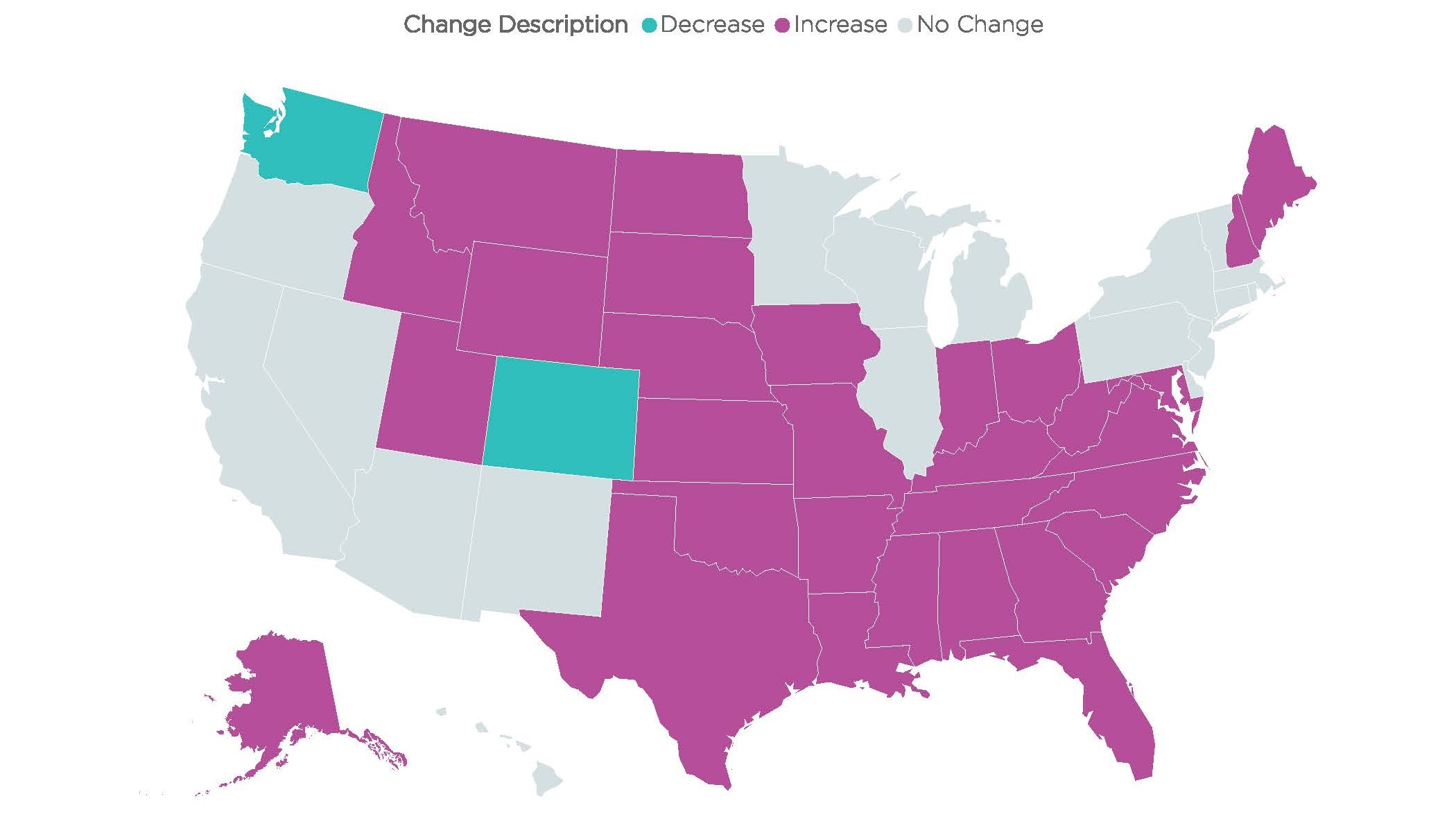
Of the areas tracked, municipal broadband and elections were the only two areas where the number of states with preemptive laws decreased across the project period. The areas that experienced the largest increase in the number of states preempting local laws related to civil rights and education. Firearms preemption was the area most frequently preempted (46 states have preemptions in this area) and remained consistent across the five-year period.
Preemptions Rarely Decreased Across Topics in Five Years
Number of States Preempting, By Issues Area Over Time
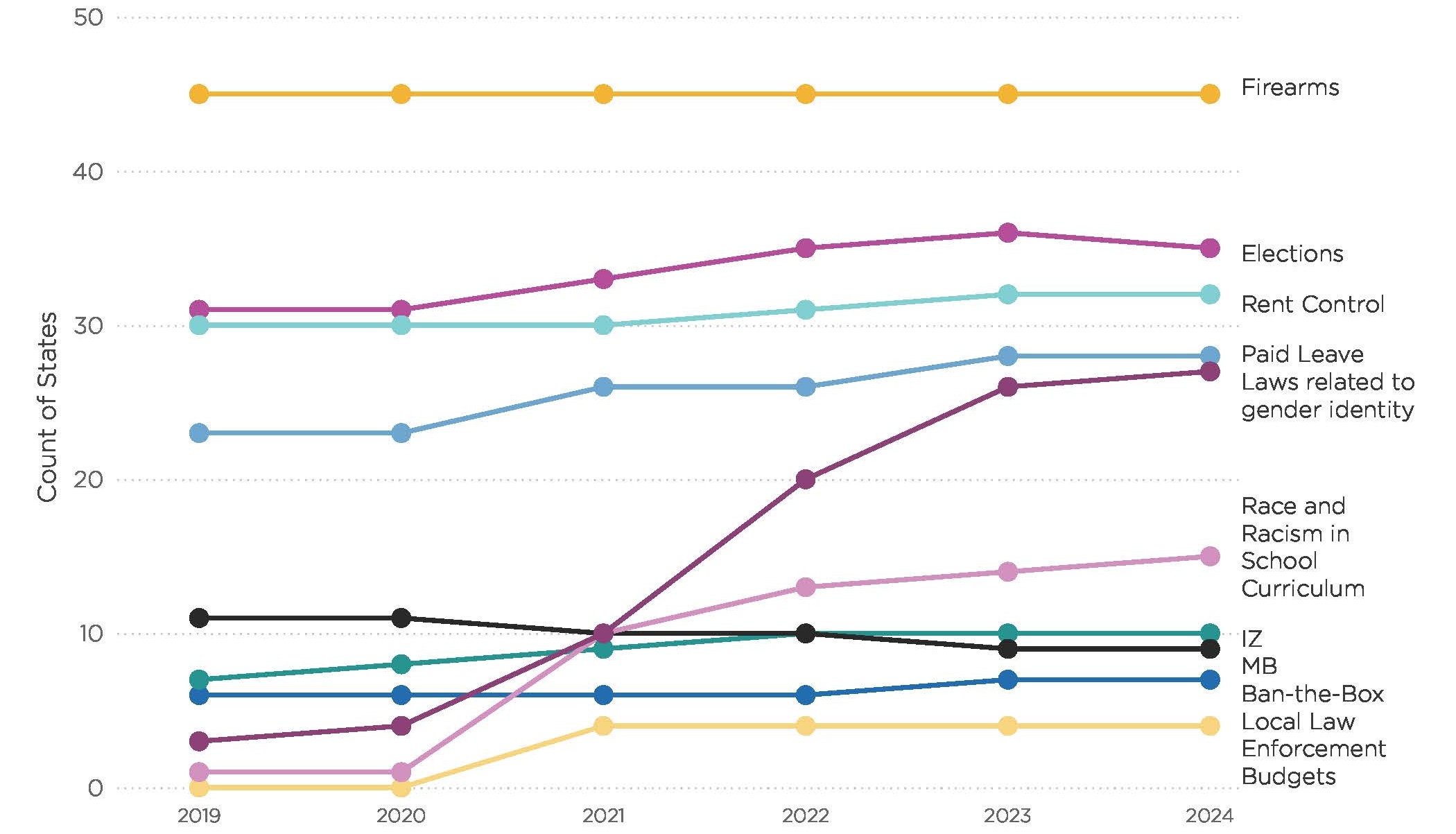
Throughout the data collection period, 2021 showed the largest increase in areas preempted compared to any other year. In 2019, six states preempted the maximum number of areas; by the end of 2024 that had increased to nine states. Only one state (Hawaii) did not use preemption as a tool in any of the areas tracked during the five-year period. On average, states preempted three areas in 2019 compared to four areas in 2024.
How State Preemptions Can Impact Communities
Through state preemption, municipalities have experienced limits to their ability to kickstart local innovations, make communities stronger and increase service access for residents. In the absence of state preemptions, many local governments can find new ways to support their residents, such as through new programs or service opportunities.
In May 2023, Colorado repealed its preemptive law that limited local governments from pursuing local broadband services without a successful municipal ballot initiative. With the law’s repeal, many local governments have continued to build community-owned and operated broadband networks. These communities have pursued municipal broadband as a way to close the digital divide for residents and create economic development opportunities.
City Example
The City of Longmont, CO developed their own community-owned network, NextLight, in 2011 from a municipal ballot initiative. As of February 2025, more than 28,000 homes and businesses in Longmont rely on NextLight for internet services, which equates to about two-thirds of Longmont. In June 2025, NextLight was ranked nationally as one of the best internet service providers (ISPs). Also rated one of the best ISPs in 2025 was the City of Loveland’s community-owned broadband, Pulse Fiber Internet. Loveland’s ISP initially had nearly 35 percent uptake from residents in 2023 and has expanded to support the City of Timnath and Larimer County.
Explore More
To learn more about the CPHLR data and to read the most recent preemption report, visit LawAtlas. To learn more about preemption’s impact on local governments, review NLC’s preemption resources. For more topic specific resources, review NLC’s preemption series, which dives into the CPHLR data and other areas of interest for local government leaders:
- Municipal broadband
- Paid leave
- Ban the box
- Agriculture and food systems
- Emerging technology (PDF)
- Infrastructure investments
- Affordable housing
Briefs on elections, tax authority, public safety and civil rights and education to come!





